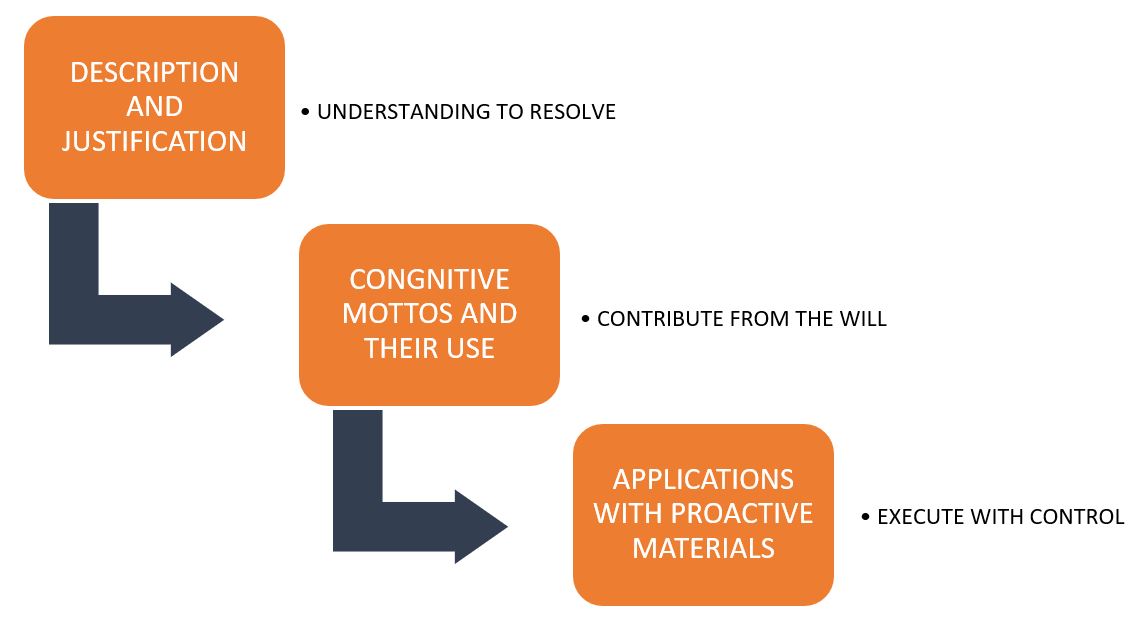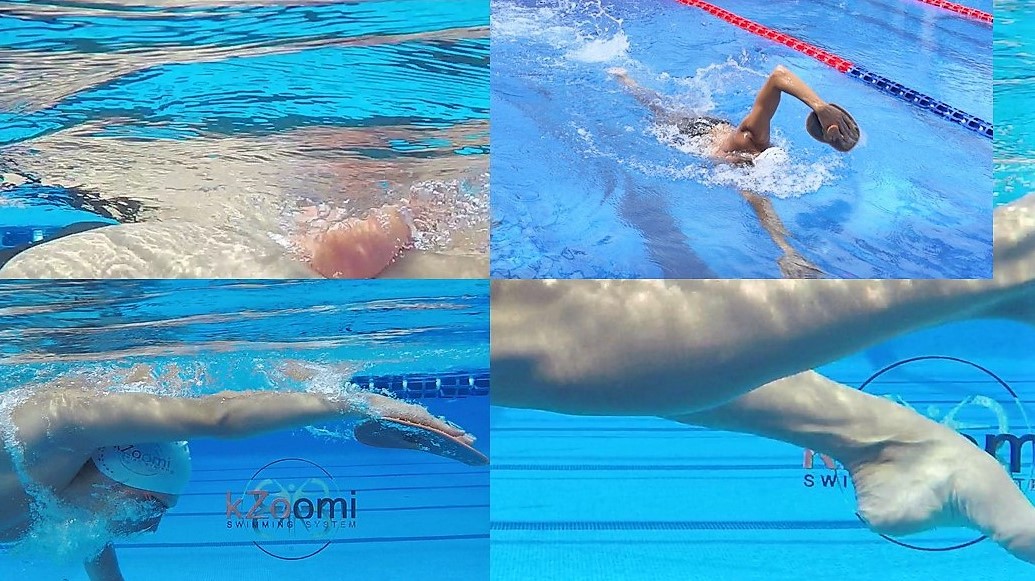Most common mistakes
Interaction among the main body parts should always be treated in each task. The nerve pathways that control axial and medial musculature are basic, and those that mobilize the distal segments are essential for displacement. Head’s weight and its spatio-temporal relationship in the coordination should be adjusted taking into account the problems of breathing and the dominant laterality, which need a step towards emotions release that try to protect us from dangers, such as O2 deficit, reporting the gas imbalance. As a result, the brain stem installs an inappropriate head position, transmitting a change in the center of gravity and, therefore, a low hydrodynamic advance position.
Let's describe the most common inadequate positions and the aspects to consider if we want to solve them...
Understanding basic mechanisms of the Motor Nervous System can help us find solutions to the answers that each student gives according to their perceptive capacity, body structure, expectations, metaprograms forged during their life experiences, proposed tasks and control capacity when fatigue appears, even by dominant laterality. Basal Ganglia receive limited visual and auditory information and are responsible for executing orders for complex voluntary movements, that is, swimming. Prefrontal Cortex can help us direct part of the motor control, considering the distortion that occurs in the performer’s corporal outline. The coach's feedback through gestures, verbal explanations, video cameras and graphics will seek common ground between the image swimmers perceive of themselves and the image they execute with the desired objectives.
The sequence is designed taking into consideration all these aspects and seeks to change and accustom the swimmer or triathlete to swim "downhill", a metaphor used to facilitate the understanding of the search for "drag and lift" propulsion forces, minimizing advance resistances and taking advantage of body’s momentum until balancing all the different segments forces in a synergistic and economic result. The alternation of applications with complete swim is key for the system’s integral development and the distribution should be done according to the coach’s approach, but bearing in mind that, during the micro-cycle of a week, all applications should be used interrelated by transversal blocks with all swimming styles.
Blocks, series, repetitions and breaks, as well as the intensities, will be adapted to the level of our performers and is as applicable to beginners in learning as to high-performance athletes. We only must adjust the loads aiming to improve the physical abilities. Responses of the Nervous Motor System are common and if we do not maintain their level of execution, we will unwittingly seek more comfortable and less profitable adaptations that will make our swimming style worse.
Proper interpretation of behaviors to install or reeducate, cognitive mottos to get to understand our athlete and physical tools necessary for intervention, represent the basic equipment of didactic sequence, evaluating each element according to the coach’s instructions, which will depend on each subject, their perception, anthropometry, motor responses, ability to concentrate, imagination, etc.

Before describing and analyzing the inappropriate postures, we will introduce and justify the nervous mechanisms we rely on for the use of cognitive mottos, in order to introduce it in the analysis of each position after its understanding. Similarly, we will mention the most appropriate proactive materials, although they will always be part of each training, pondering, if necessary, their use in situations that require it, because they must influence the nervous impulse towards the musculature or joint that needs it.
We will continue in the next post...
J. Bonal Pedrón




